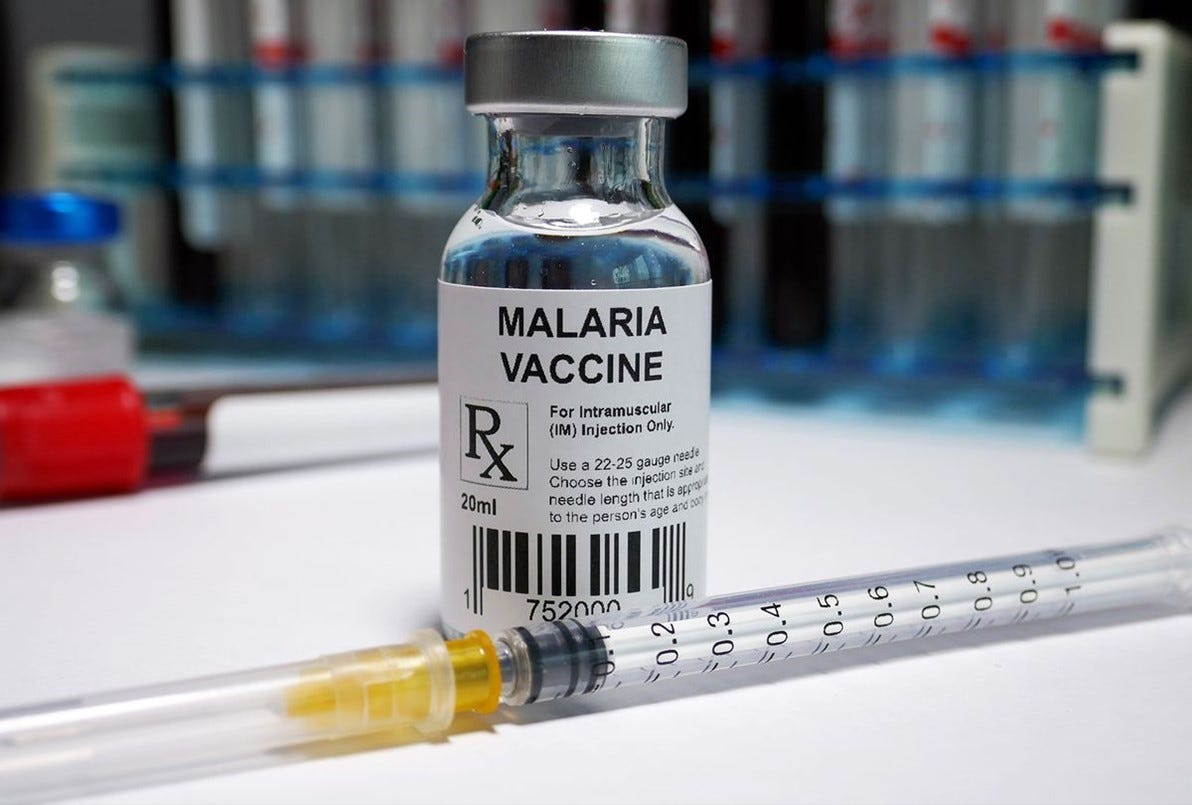Malaria Vaccine a Revolution in Health Care
Vital addition preventing malaria but no magic bullet. Comprehensive health services remain center stage
By: Bobby Ramakant
The development of the world’s first malaria vaccine is an important addition to the existing range of methods to prevent malaria. But it is a complementary control tool to be added to already proven measures for prevention, a vital addition to options such as routine use of insecticide-treated bed nets, indoor spraying with insecticides, and the timely use of malaria testing and treatment.
But access to these methods to save lives has been far from satisfactory. Per the latest data, 229 million people got malaria in 2019, the last year for which complete statistics are available, and 409,000 died – most of them children. While Asia has not been hit as hard as Africa, it is endemic in Bangladesh, Bhutan, India, Indonesia, Maldives, Myanmar, Nepal, Sri Lanka, and Thailand.
Population movement and rapid urbanization, both largely caused by unemployment and environmental deterioration, among other problems, change the pattern and increase the incidence of drug-resistant malaria. In southern Thailand, for example, 46 percent of rubber tappers are infected. It is the seventh most common cause of death in Thailand.
Keep reading with a 7-day free trial
Subscribe to Asia Sentinel to keep reading this post and get 7 days of free access to the full post archives.



